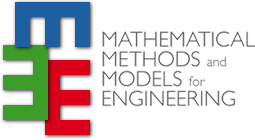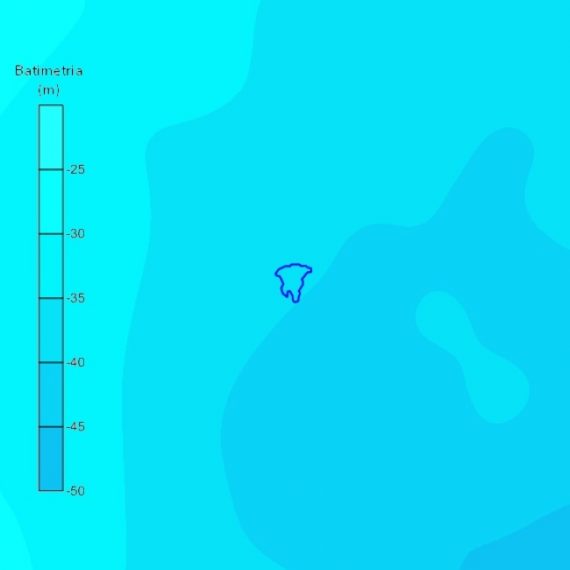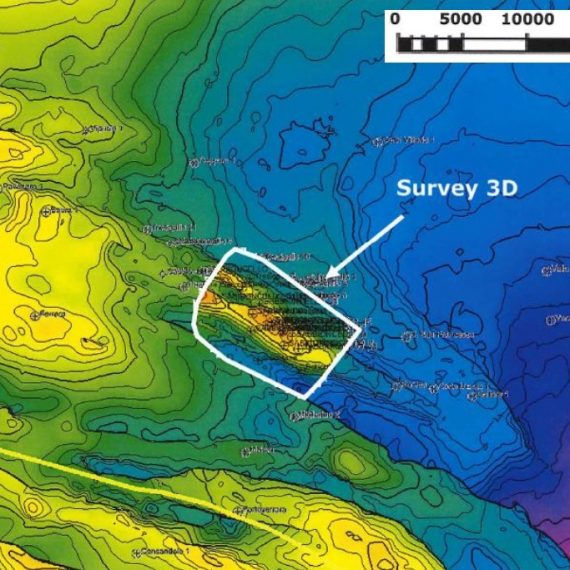Modelling and estimating the possible consequences of the withdrawal/injection of subsurface resources (such as gas, water, CO2, etc.), evaluating the induced and/or triggered seismicity due to fault reactivation and/or fracture generation caused by reservoir activities, assessing the impact due to rock drilling and underground works (tunnel, wellbore, etc.), are all crucial tasks for engineers.
M3E’s team expertise in these sectors is well established with a 30-years track record in developing and implementing solutions for geomechanical applications in complex and fragile environments.
M3E provides a combination of know-how and computational tools to set up numerical models and analyse complex phenomena such us the surface land displacements caused by fluid extraction/injection or the deep and surface deformations originating from storage of natural gas in depleted underground reservoirs.Moreover, M3E develops numerical simulations to estimate the impact of underground works such us tunnel and/weelbore.
The model outcomes are always verified against available data, for example from satellite measurements (InSAR technology), to advance a clear understanding of the geomechanical behaviour at both local and regional scale.


Main activities include:
- land subsidence and surface movements prediction induced by the extraction of underground resources and/or the seasonal gas storage
- prediction of natural sediment consolidation in basin formation
- simulation of faults and/or fractures activation and related movements
- modelling subsidence and surface movements induced by the construction of underground works
- evaluation of the tension and deformation states induced by the construction of underground works
- analysis and prediction of local deformations, e.g., evaluation of well stability
Main developed tools:
ATLAS: Finite Element code for the simulation of non-isothermal geomechanical process at the regional scale, considering the non-linear behaviour of the porous media and the rigid-plastic mechanical behaviour of fault systems.
COUP3D: coupled code for the simulation of 3D consolidation processes in dewatering or local load problems, by means of finite elements and mixed finite elements;
SUBNAT: non-linear large deformations simulation code for the compaction of a sedimentary column, for predicting natural subsidence in a basin generation process.



